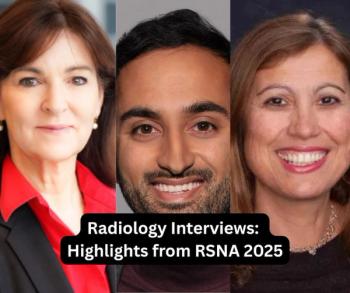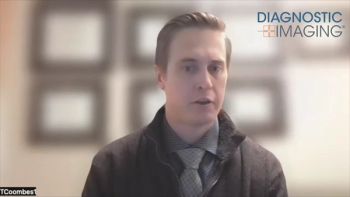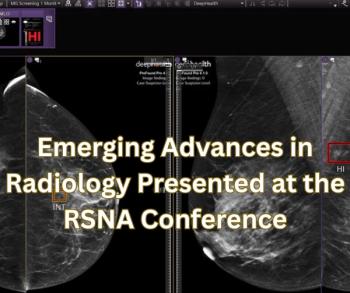
Imaging industry remains locked in FDA doldrums
July saw just one more FDA clearance (24) than the previous month, but the number of sophisticated submissions took a sharp turn to the north. Devices in image management and CT promise interesting twists on established offerings, while others in nuclear medicine, ultrasound, and x-ray indicate expansions of some vendors’ product lines.
July saw just one more FDA clearance (24) than the previous month, but the number of sophisticated submissions took a sharp turn to the north. Devices in image management and CT promise interesting twists on established offerings, while others in nuclear medicine, ultrasound, and x-ray indicate expansions of some vendors' product lines.
Topping the July clearances were seven in x-ray and six in image management. Nuclear medicine and radiotherapy each had three. Ultrasound and x-ray each had two. MR had one.
In image management, R2 Technologies received clearance to market a breast imaging workstation. The device is designed to support the primary reading of digital mammograms but can also display images from various acquisition/scanning devices. It is equipped with interfaces to various image storage and printing devices using DICOM or similar standards.
PC-based software developed by the German firm MeVis analyzes data for preoperative planning in liver surgery and postoperative follow-up. The evaluation of surgical strategies is based on interactive virtual resections of the liver, as well as calculations that indicate safety margins around lesions. These calculations identify affected vascular branches and the vascular territories they supply or drain.
The new MeVis-LiverAnalyser imports medical images from CT and MR, then segments the organ, tumor, and intrahepatic vasculature. MeVis-LiverAnalyser produces masks to merge voxels into sets that represent a part of the anatomy.
The CereTom, a mobile multislice CT scanner developed by Neurologica of Danvers, MA, is now cleared for the U.S. market. The system, with its 32-cm bore and a 25-cm field-of-view, is optimized for scanning the head and neck. The couchless scanner, which resembles a metal doughnut on retractable casters, is designed to be moved to virtually any hospital location, including bedside. Dry sealed batteries provide power when the system is unplugged. The workstation consists of a Sony Vaio laptop computer.
The scanner is the brainchild of Bernie Gordon, founder of Analogic, who left the company last year to focus on Neurologica. Gordon helped found Neurologica about two years ago.
Toshiba has the FDA go-ahead to upgrade its 32- and 64-slice Aquilion configurations. These SP versions will differ from predecessors in the composition of subassembly components.
Esaote can add another system, the general-purpose system MyLab 90, to its ultrasound offerings in the U.S. The company received FDA clearance in June to begin selling the MyLab 70 (DI SCAN 8/15/05). This latest system can support phased, convex, and linear array, as well as Doppler probes. It is equipped with a DVD-RW disk drive and can also store data directly to a PC via a LAN port.
In nuclear medicine, GE can upgrade its Xeleris workstation, first introduced and marketed two years ago. Xeleris 2, like its predecessor, is designed to display, process, film, archive, and transmit data from emission tomography cameras.
In x-ray, Ann Arbor Digital Devices of Ann Arbor, MI, won FDA permission to market a digital detector called Instant-X. GE Healthcare is cleared to promote its OEC Everview 7500, a mobile digital C-arm designed to provide fluoroscopic and spot images during diagnostic, surgical, critical-care, and ER procedures. Siemens Medical Solutions received clearance for its Axiom Sireskop SD, a universal radiographic and fluoroscopic system that can use either film cassettes or a digital flat detector.
Newsletter
Stay at the forefront of radiology with the Diagnostic Imaging newsletter, delivering the latest news, clinical insights, and imaging advancements for today’s radiologists.




























